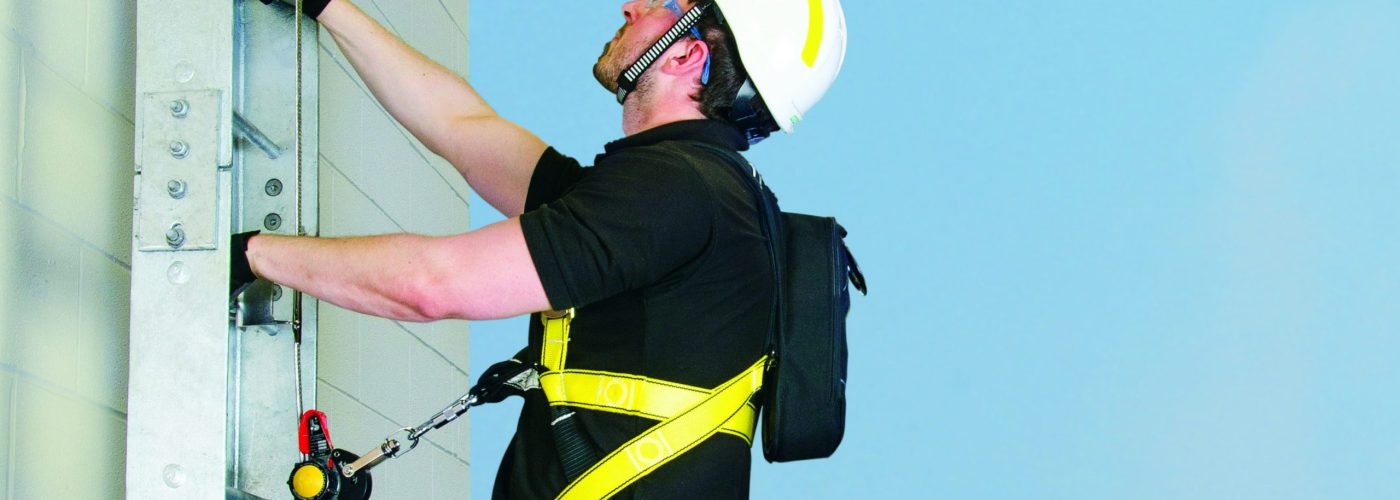Make no mistake, climbing can be dangerous and, according to the Health and Safety Executive, falling from height remains one of the leading causes of work-related injuries and death. That’s why meeting the latest standards that ensure the safety of workers at height is so important. As one of the industry’s best-practice leaders, MSA Safety, not only meet these latest standards, but also helped shaped them.
The initial version of the updated standards relating to the test of vertical fall arrest systems (EN 353-1:2014) was released in October of 2014 and incorporated many amendments for guided type fall arresters when compared to EN 353-1:2002. MSA continually invests in testing its products and, when carrying out cold conditioning tests on its LadderLatch and TowerLatch systems, noticed an issue with the 2014 version of the standard.
Tim Bissett, Technical Manager at MSA Latchways, explains: “When testing our LadderLatch, and TowerLatch systems before introducing them to market, we noticed a slight mistake in the 2014 version of the standard.
“The test required the guided type fall arrester to be immersed in water and then subjected to a temperature of -30°C. Unfortunately, this didn’t represent real-life working conditions, so a request for a correction was made with the Standards Authority.”
The outcome of this correction is the publication of EN 353-1:2018. It’s perhaps testament to MSA’s own diligent testing regime and decades of experience that it was able to assist in this issue.
EN 353-1:2018 has now gone live. The new Personal Protective Equipment Regulations 2016/425 came into force on 21 April 2018, and combined with testing to EN 353-1:2018, MSA is delighted to announce its guided type fall arresters have successfully achieved EU type approval under the PPE Regulations.
Of course, there can be no compromise when setting the standard for the safety of workers at height and the EU type-examination process for EN 353-1:2018 was suitably rigorous. It incorporated a number of dynamic tests that covered all eventualities and put all elements of working at height equipment through its paces. These included:
- Dynamic performance test – testing to check the maximum arrest force
- Cold condition testing – checking locking function in cold conditions
- Minimum distance test – testing to replicate the user falling close to the anchor line
- Fall back test – which replicates the user falling back and down
- Guide bracket test – testing the strength of the bracket and anchor line and the locking function of fall arrester in the event of a fall
- Sideways fall test – testing to replicate the user falling in a sideways direction
- Leaning angle test – testing the locking function of the fall arrester with the anchor line leaning forward and sideways
- Static strength requirements – testing to check the overall strength of the system
Tim Bissett finished by saying: “As best-practice leaders for working at height equipment, we’re of course happy that we’ve helped put a robust compliance process in place. We’re confident that once again we’re exceeding standards that ensure the safety of everyone using our equipment for working at height.”





